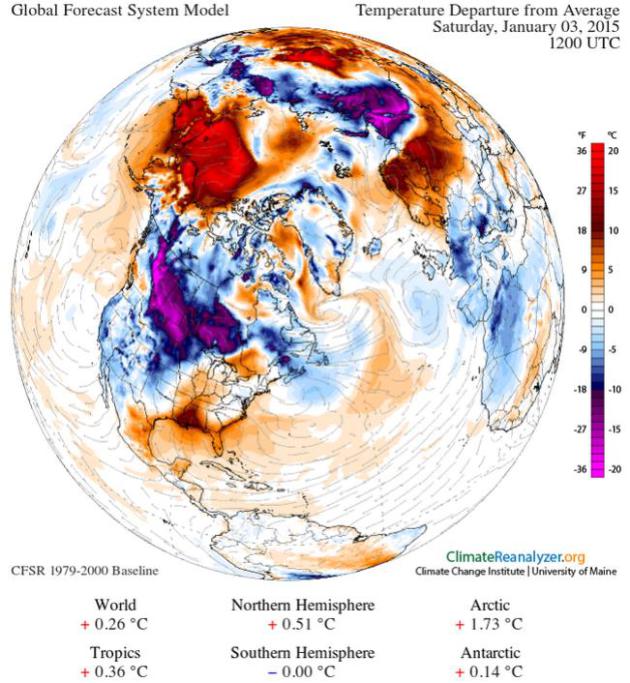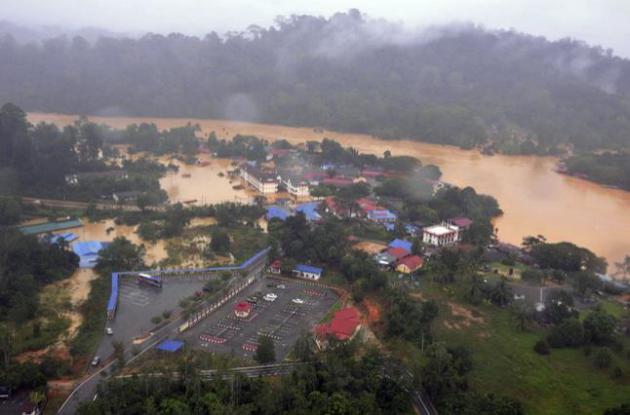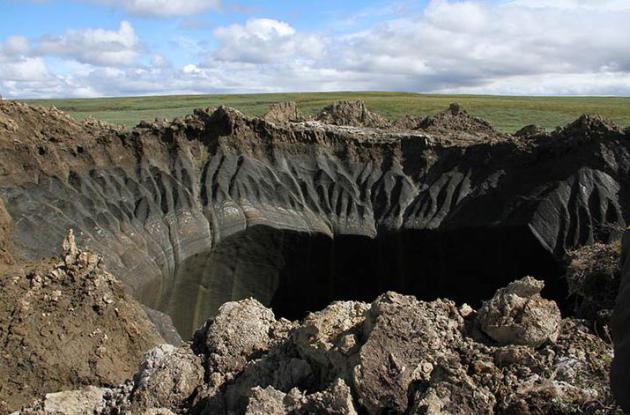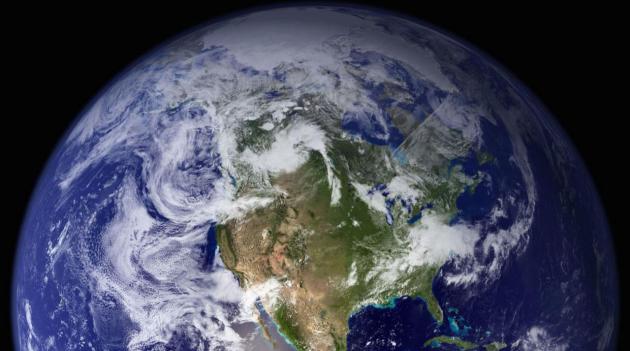28 F. high in the Twin Cities Saturday.
24 F. average high on December 27.
40 F. high on December 27, 2013.
4″ snow on the ground at MSP International Airport.
December 28 in Minnesota Weather History. Source: MPX National Weather Service:
2000: Central and southeast Minnesota received 6 to 10 inches of snow. Some notable snow amounts include: Chanhassen NWS Forecast Office with 7.8 inches, St Cloud with 7.5 inches, and Hutchinson, Willmar, Albany, Red Wing, and Long Prairie with 7.0 inches.
1979: Balmy weather enables city park crew in Duluth to rake leaves.
1927: Cold snap across Minnesota. Temperature falls from 41 to -15 at Farmington.

Win Win?
Life is all about problem-solving, and when that fails, rationalization. I have a friend who has the right idea. “Paul, it’s win-win. If it snows my commutes are longer but it means a steady supply of Canadian air, which implies more sun. Less money spent on caffeine & therapists” he said. “If El Nino kicks in it’s foggy, rainy and mild but I save money on heating and less time on I-94.”
A case of glass-half-full. Or glass-half-frozen?
Friday night’s newscast-leading 2-6 inches of snow won’t melt away anytime soon. A temperature slump is imminent – a much colder bias spilling into at least mid-January, as some of the coldest air of the winter drains south. None of us should be terribly surprised as the next 3-4 weeks are, historically, the coldest of the year.
Expect highs in the teens early this week; a subzero wake-up temperature New Year’s Eve. An even colder front arrives on Saturday, followed by a few subzero “highs” early next week. The second week of January may be the coldest of winter.
A parade of clippers preceding each cold burst will freshen up the snow already on the ground. Finally, some good news for beleaguered snow lovers. You may even need sun glasses.

60-Hour Accumulated Snow. No significant snowfalls expected for the lower 48 states into early Tuesday, just a stripe of light snow pushing across the Dakotas into Nebraska and western Iowa; heavier amounts for the northern Rockies. Source: NOAA 4 KM NAM and HAMweather.

Looks Like January. What may be the coldest outbreak of the winter is shaping up for next week; I could see 2-3 days of daytime maximum temperatures below zero, along with double-digit negative numbers at night. So enjoy low 20s today and teens (above!)) tomorrow into New Year’s Eve. The pattern isn’t ripe for significant storms anytime soon.

Positively Polar. Temperatures appear to bottom out between January 5-9 as 850mb temperatures reach -25C at the surface, bringing back memories of last January. However this time I don’t expect a persistent blocking pattern with polar air stalling nearby for week after week after month. GFS data above from NOAA.

Embrace The Purple. By Saturday temperature anomalies may be 20-30F colder than average as polar air drains southward across southern Canada into the northern tier of the USA. Meanwhile unusually warm temperatures continue to show up from northern Alaska into the Arctic and much of Asia. Source: Climate Reanalyzer.

Photo credit above: “In this Wednesday, Dec. 24, 2014 photo, numbers of houses and buildings along a flooded river stand in muddy water in Malaysia National Park in Kuala Tahan, Pahang state, Malaysia. Malaysian Prime Minister Najib Razak said Friday, Dec. 26 he was cutting short his U.S. vacation to deal with the worst floods in the country in decades that have killed five people and displaced more than 100,000.” (AP Photo).
* The BBC has more on Malaysia’s flooding, which has been described as the worst in 30 years. Social media covers the extreme flooding here.

Storm Responsible for Rare Christmas Tornadoes Caught By NASA, NOAA Satellites. Here’s a clip from a story at redOrbit: “…RapidScat spotted high winds in the Gulf of Mexico while Mississippi was experiencing tornadoes late Tuesday, and one image captured by the instrument showed winds travelling as fast as 67.1 miles per hour (30 meters per second) off the southeastern coast of Texas. As the storm system moved east early Wednesday morning, it detected sustained winds of approximately the same strength near south central Louisiana and in Alabama. In addition, NASA created animated footage of visible and infrared satellite data from the NOAA GOES-East satellite that showed how the severe weather system developed and moved…”

The Extreme Weather and Climate Events of 2014 in 13 Photos. Mashable takes a look at some of more head-scratching weather and climate stories of the year; including another unusually quiet tornado year for the USA; here’s a snippet: “…Overall, the 2014 tornado season was one of the least active in U.S. history, with less than 1,000 tornadoes touching down. This is below the average of 1,260 tornadoes that have occurred each year since the early 1950s. Interestingly, 2012 and 2013 were also unusually quiet tornado years, following deadly tornado outbreaks in 2011 that killed more than 500. Emerging scientific research shows that the frequency of tornadoes may be decreasing as the climate warms, while the timing of tornado season shifts, and big tornado outbreaks become more common...”

Watch How One NASA Satellite Has Changed How We See Earth In The 21st Century. NASA’s Terra satellite was launched in 1999 and had a 6 year life expectancy – it’s still going strong, one of a constellation of Earth-observing satellites. Details at Quartz: “…Measuring by levels of one pollutant, nitrogen dioxide, air quality in the US has improved due to emissions restrictions and technologies that decrease pollution. This image shows the decrease of nitrogen dioxide—especially in urban areas. One wonders what China’s nitrogen dioxide map might look like….”

The Retraction War. The ‘net is changing how scientific findings are communicated, and increasingly, retracted. Is the scientific method under fire? Here’s an excerpt of a very interesting tale at Aeon: “…Despite this kind of snafu, a relentless storm is reshaping the way science is conveyed and received today. Fraud and error are harder to hide, because of the democratising influence of technology and the world wide web. Plagiarism-detecting software, which can scan a paper and give a report within minutes, is widely available. Replication or manipulation of images is easier to sleuth out, because most papers are now widely available in digital versions viewable from any computer. The rise of online post-publication peer review is also reshaping the scientific endeavour before our very eyes…”

TODAY: More clouds than sun, brisk. Winds: NE 5-10. High: 24
SUNDAY NIGHT: Partly cloudy. Low: 5
MONDAY: Blend of clouds and sun, chilly. High: 13
TUESDAY: Some sun, windy. Feels like -10. Wake-up: -2. High: 9
NEW YEAR’S EVE: Windy with patchy clouds Wind chill: -10. Wake-up: -6. High: 12
NEW YEAR’S DAY: Less wind, feeling better. Wake-up: 8. High: 25
FRIDAY: Gray, light snow up north. Wake-up: 14. High: 26
SATURDAY: An even colder shot. Numbing sun. Wake-up: 8. High: 10
Climate Stories…

Pope Francis’s Edict On Climate Change Will Anger Deniers and U.S. Churches. I like this guy – he’s not afraid to speak his mind, even when he’s swimming upstream. Is sustainable capitalism even possible? Here’s an excerpt from The Guardian that caught my eye: “…An economic system centred on the god of money needs to plunder nature to sustain the frenetic rhythm of consumption that is inherent to it. “The system continues unchanged, since what dominates are the dynamics of an economy and a finance that are lacking in ethics. It is no longer man who commands, but money. Cash commands. “The monopolising of lands, deforestation, the appropriation of water, inadequate agro-toxics are some of the evils that tear man from the land of his birth. Climate change, the loss of biodiversity and deforestation are already showing their devastating effects in the great cataclysms we witness,” he said…”
File photo: AP Photo/L’Osservatore Romano.

The Dystopian Craze May Be Society’s Way of Coping With Real Doom. From The Hunger Games to Divergent to Snow Piercer, are we channeling our inner gloom and doom into popular culture and film? BostInno has a story worth reading – here’s an excerpt: “…In other words, the framework for our favorite genre of blockbusters and novels isn’t that far off. The difference between the storyline of our reality and the fantasy is — we still have time to fix it. However, Klein emphasized that the wave of dystopian fiction, in both film and book form, may actually be a worrying sign that we believe doom is the only possible outcome. And with so many arguments clouding the climate debate, Klein is concerned that we’ll never realize the severity of the circumstances…”

How Global Warming Could Turn Siberia Into A Giant Crater “Time Bomb”. Alarmist? I hope so, but what – exactly – is producing the rash of new craters in Siberian permafrost? Here’s a clip from The Siberian Times: “…Global warming could leave parts of Siberia exposed to a wave of underground explosions like those behind the recent unexplained giant craters phenomenon. Scientists studying one of the massive holes on the Yamal Peninsula say there is growing evidence that rising temperatures is the main catalyst triggering the blasts. They believe warming air is melting the thick permafrost, leading to the accumulation and release of volatile ‘fire ice’ gases which then explodes to create the giant funnels. Overall temperatures in Yamal, in northwest Siberia, in the past 14 years alone have risen by at least two degrees Celsius…”
Photo credit: “July 2014, the first scientific expedition has just returned from the site with first probes.” Pictures: Marya Zulinova, Yamal regional government’s press service.

Irreversible But Not Unstoppable: The Ghost of Climate Change Yet To Come. ThinkProgress has the post; here’s an excerpt: “…Delay is very risky and very, very expensive. As the International Energy Agency has explained, “on planned policies, rising fossil energy use will lead to irreversible and potentially catastrophic climate change.” “Delaying action is a false economy: for every $1 of investment in cleaner technology that is avoided in the power sector before 2020, an additional $4.30 would need to be spent after 2020 to compensate for the increased emissions.” Action now will save trillions and trillions of dollars….” (Image above: NASA’s Earth Observatory).

